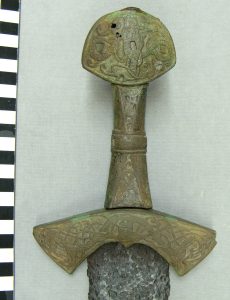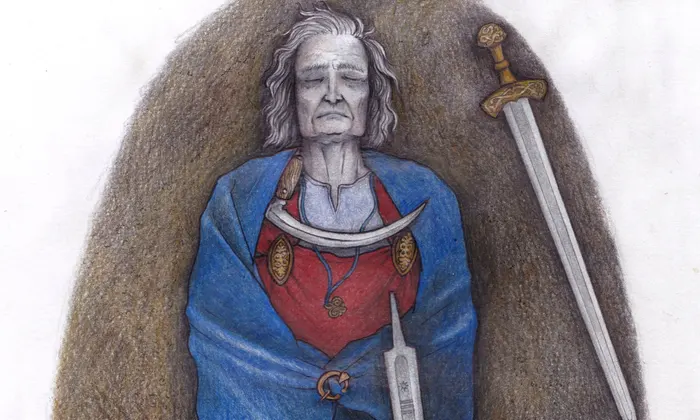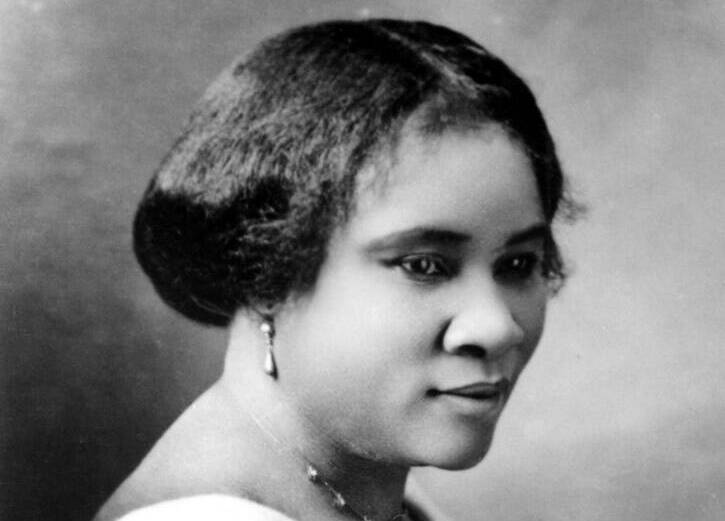Around 50 years ago, the remains of a warrior equipped with a sword were unearthed in southern Finland.
Archaeologists have revisited the discovery and have made an intriguing revelation: the warrior may have been non-binary.
Initially, the warrior's remains were assumed to be female due to the traditional clothing and jewelry found with the burial.
However, the presence of two swords, which were traditionally linked with masculinity in pre-modern European societies, sparked some doubts.
Upon further investigation, it was discovered that only one of the swords was part of the original burial, while the other sword, the renowned Sword of Suontaka, was likely interred at a later time.
Speculation that the warrior may have been a double burial of a woman and a man was dispelled after archaeologists took another look at the remains. It was discovered that the warrior had an extra X chromosome (XXY).
Researchers from the University of Turku, the University of Helsinki, and the Max Planck Institute for Evolutionary Anthropology conducted ancient DNA analysis on the remains.
Despite significant DNA damage, the research team was able to determine that the buried individual may have had Klinefelter syndrome, a condition where males are born with an extra X chromosome (XXY).
Although the symptoms of Klinefelter syndrome can be subtle, some individuals may go through life without realizing they have the condition.

Klinefelter syndrome is characterized by infertility and small testicles, as well as other symptoms such as increased height, broad hips, reduced muscle mass, reduced body hair, and the development of breasts.
Individuals with Klinefelter syndrome may also encounter challenges socializing with others and communicating their thoughts.
Elina Salmela, from the University of Helsinki, stated in a press release from the University of Turku: "According to current data, it is likely that the individual found in Suontaka had the chromosomes XXY, although the DNA results are based on a very small set of data."
Although it is challenging to determine the perception of this warrior within their community, their burial provides evidence that they held high regard.
Ulla Moilanen, a Doctoral Candidate of Archaeology from the University of Turku and the study's author, suggests: "If the characteristics of the Klinefelter syndrome have been evident on the person, they might not have been considered strictly a female or a male in the Early Middle Ages community."
"The abundant collection of objects buried in the grave is proof that the person was not only accepted but also valued and respected."
"However, biology does not directly dictate a person's self-identity."



